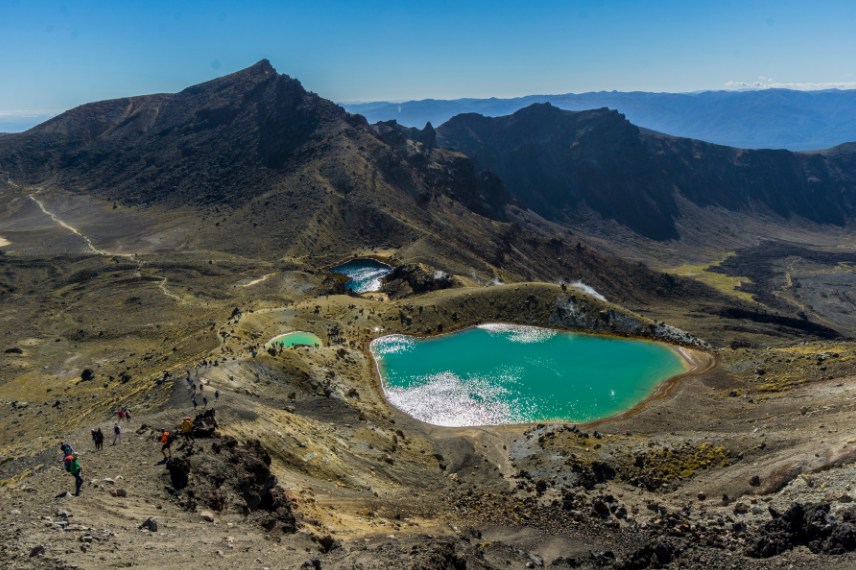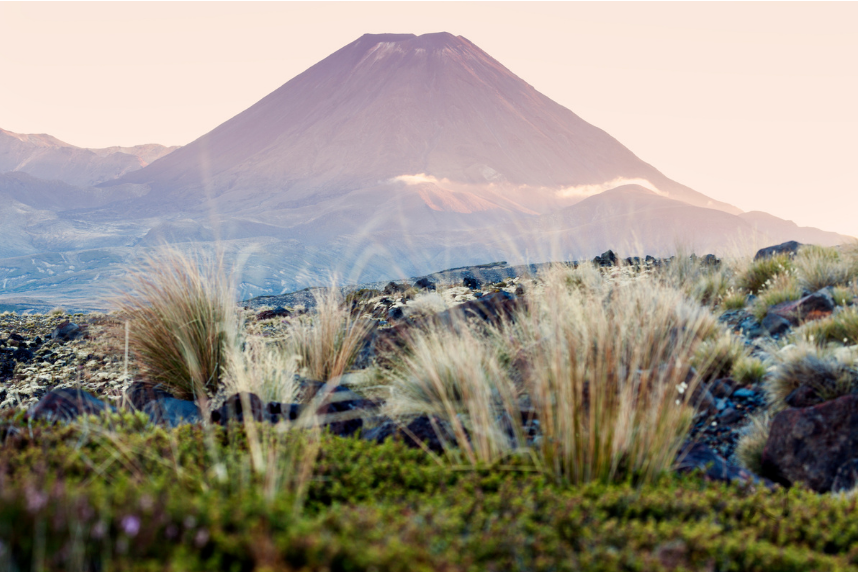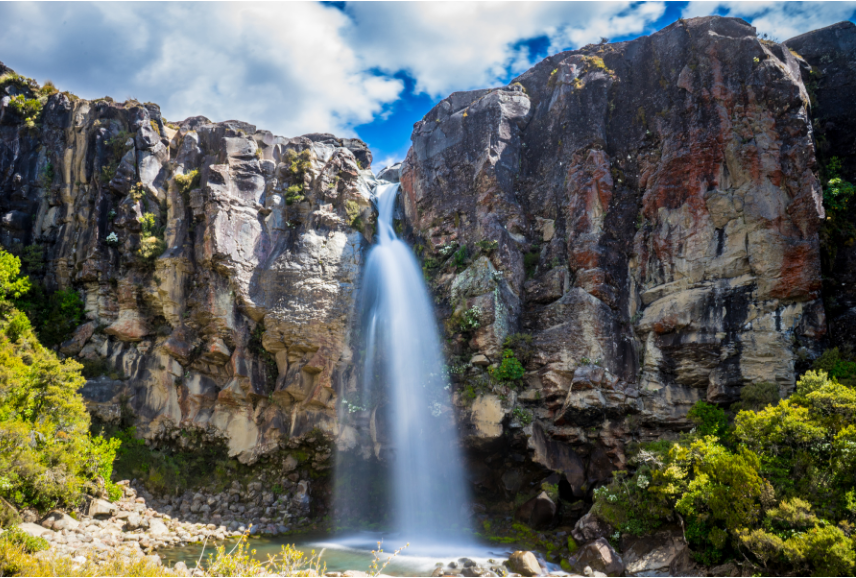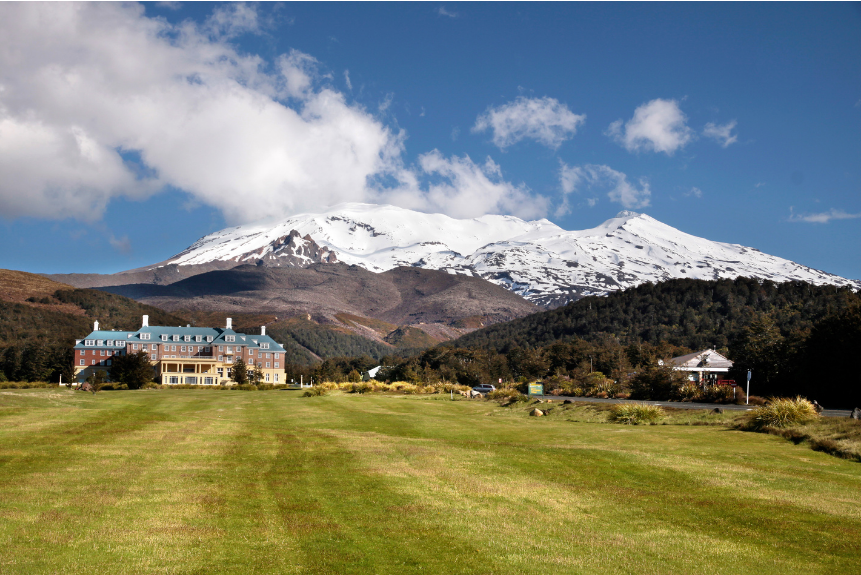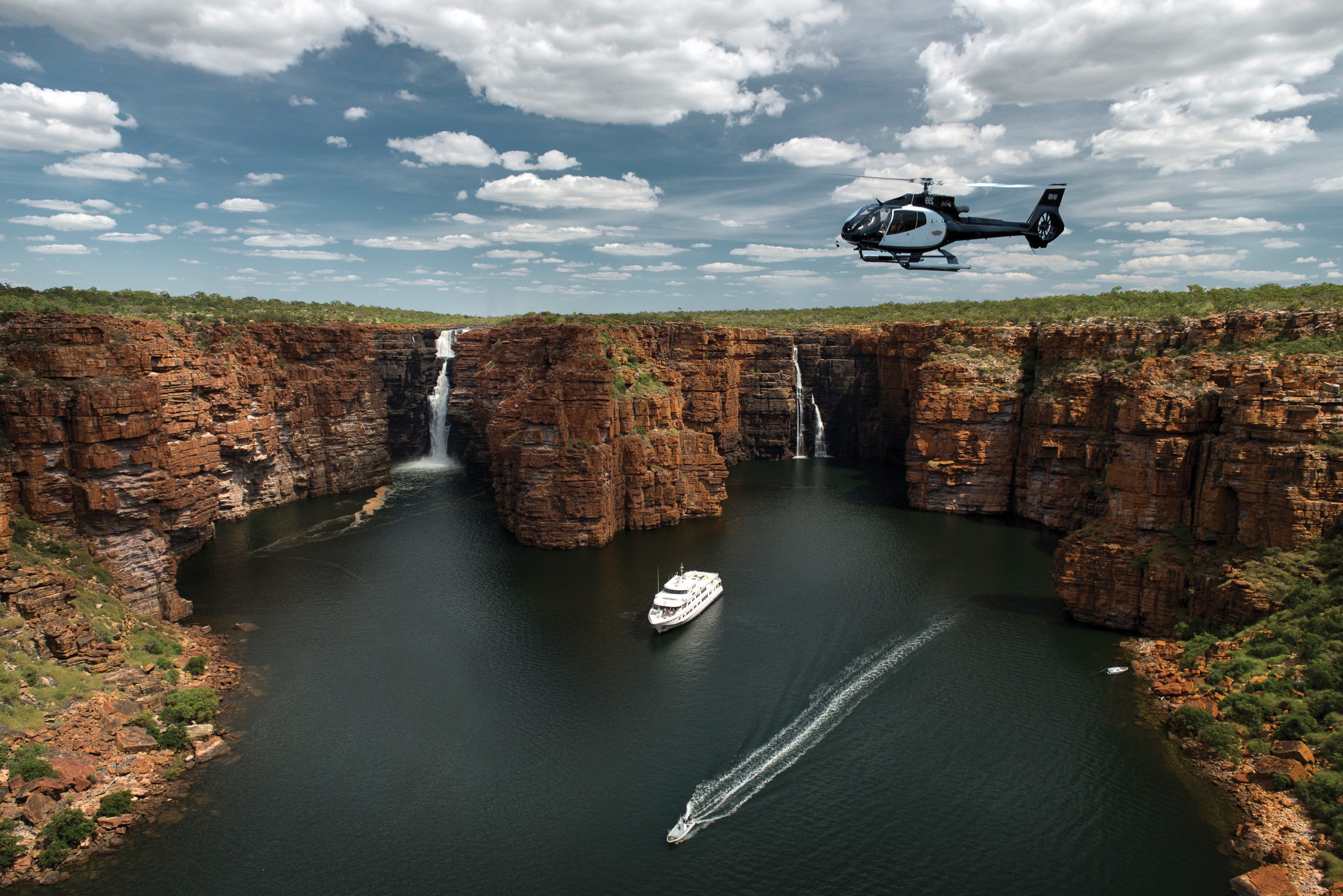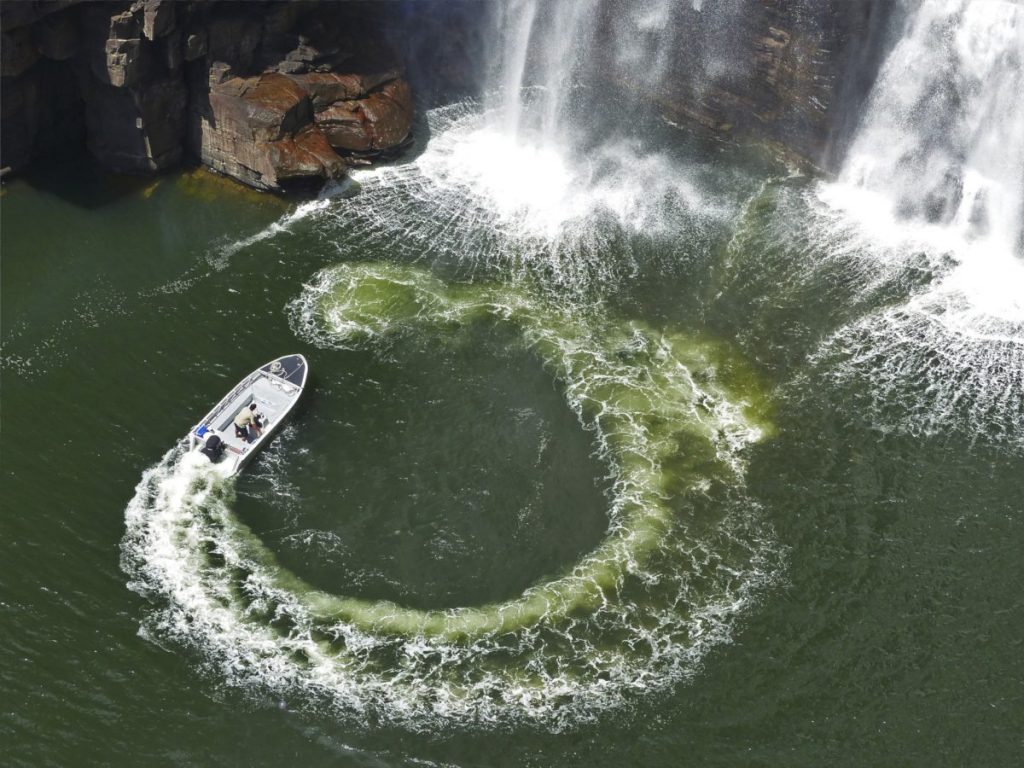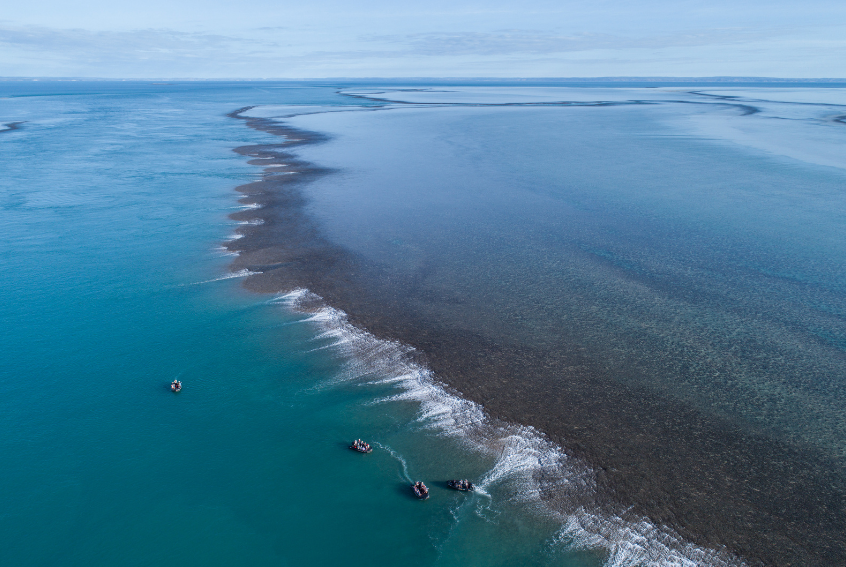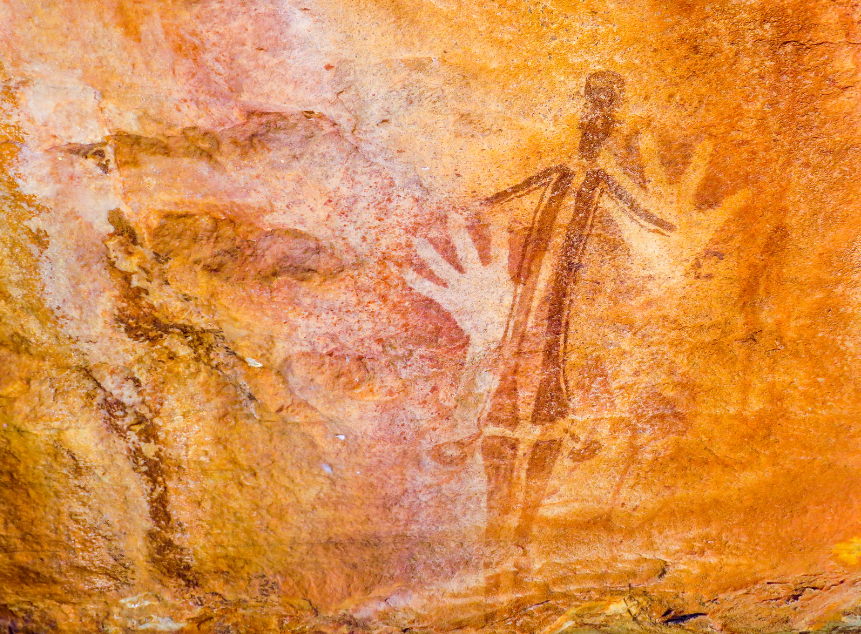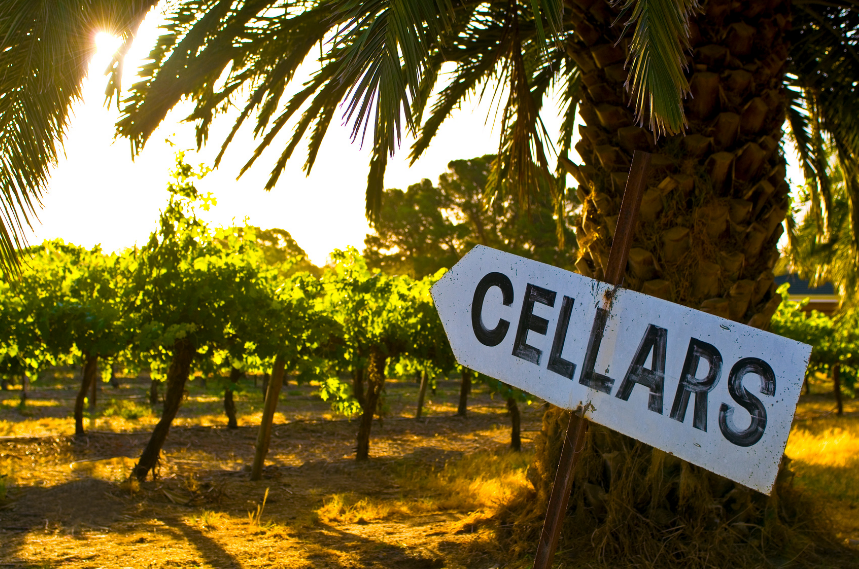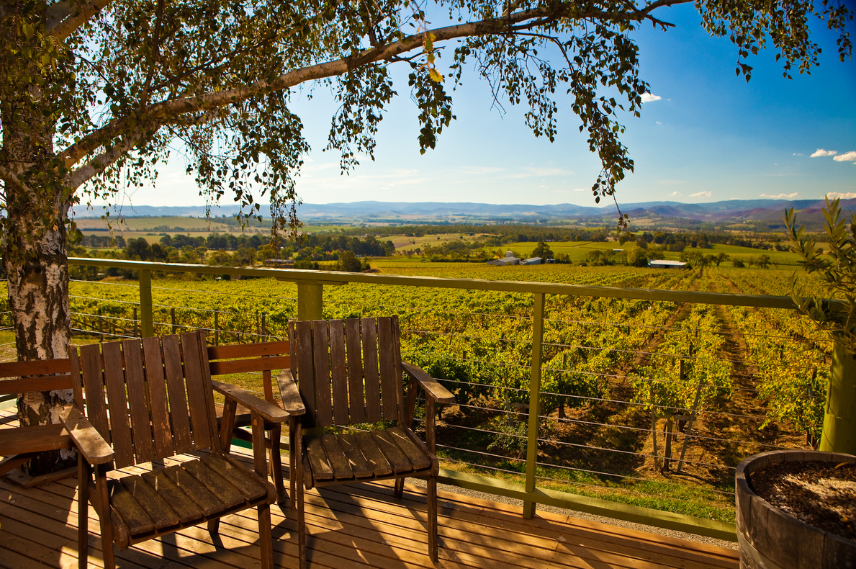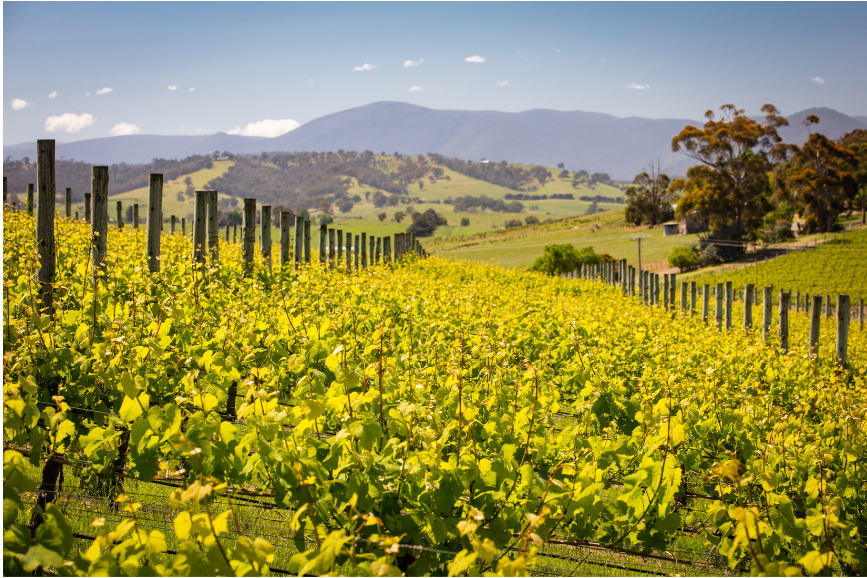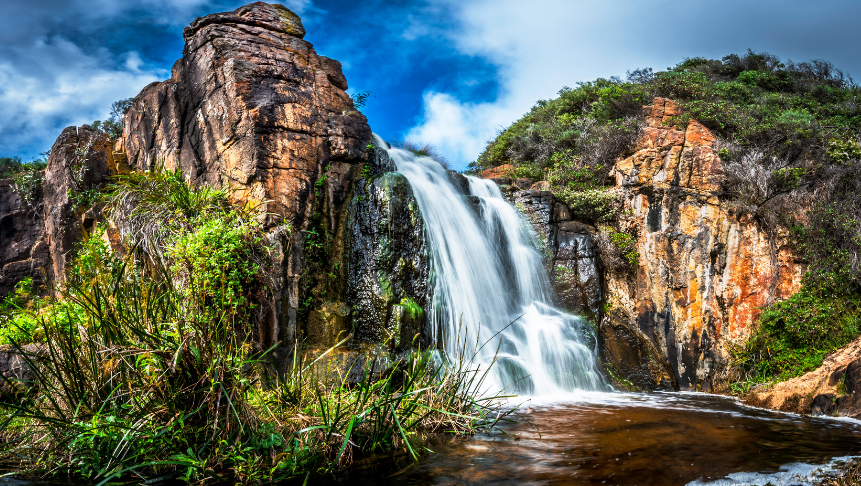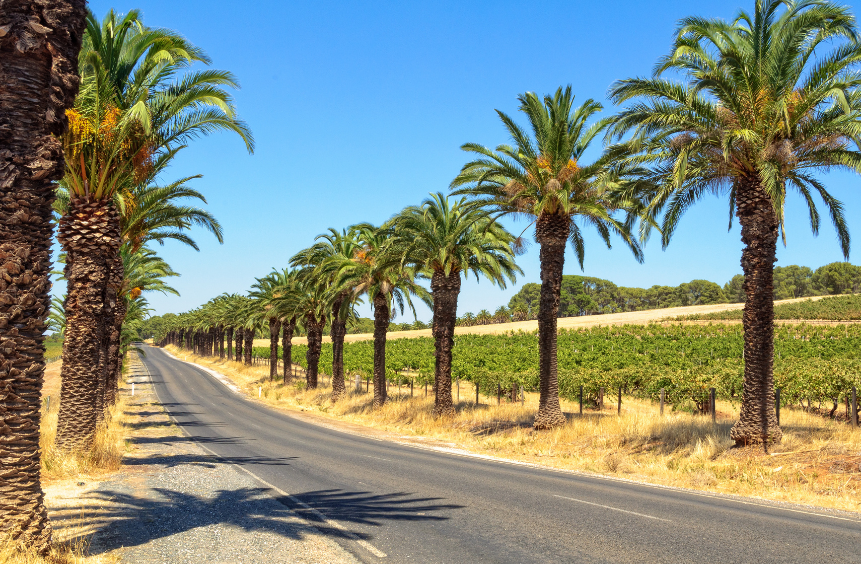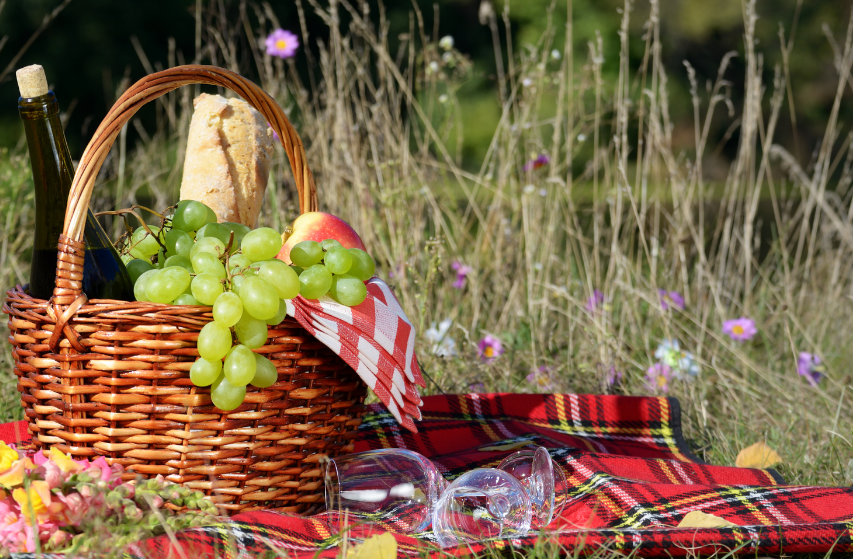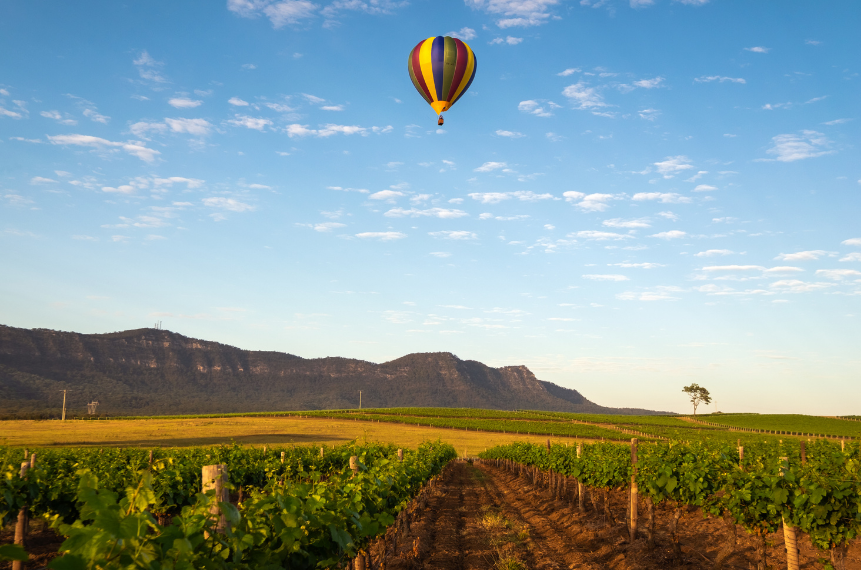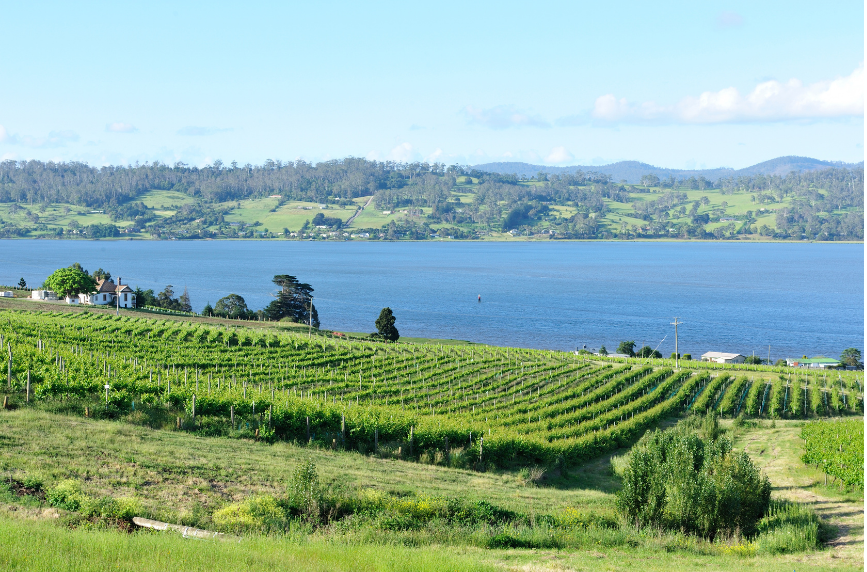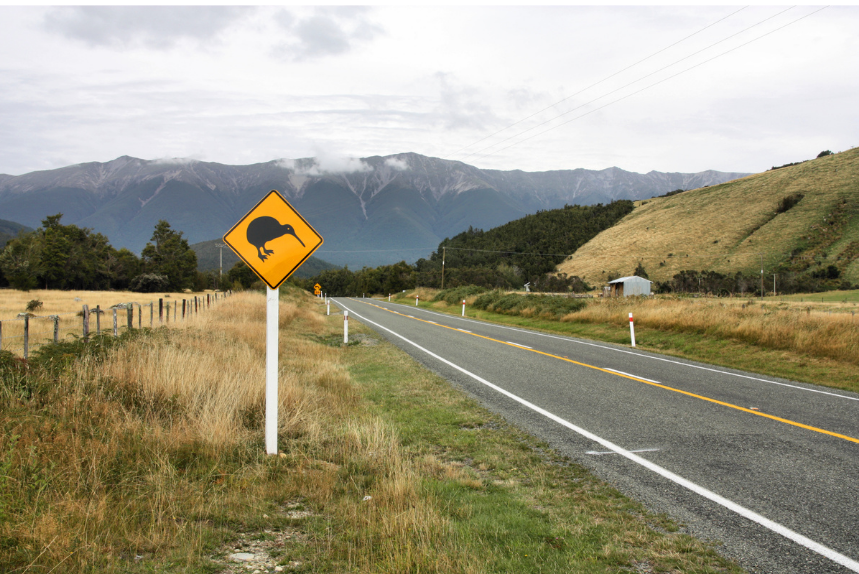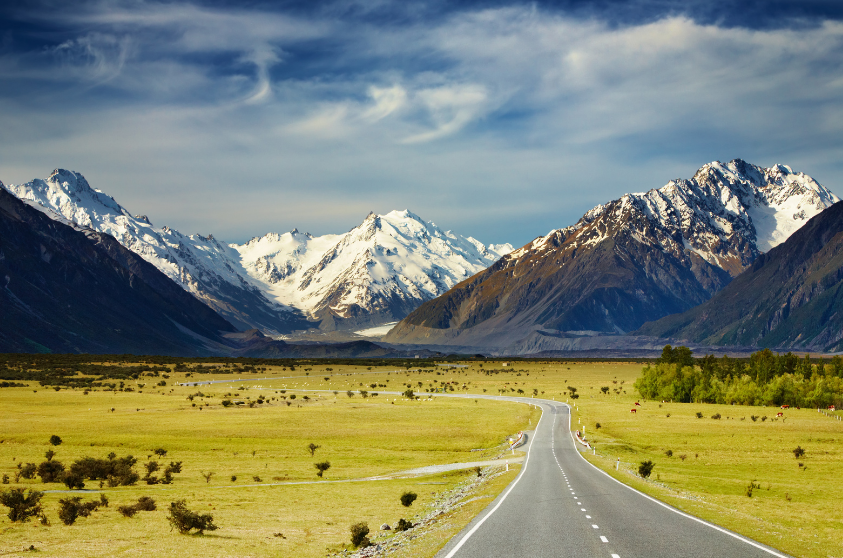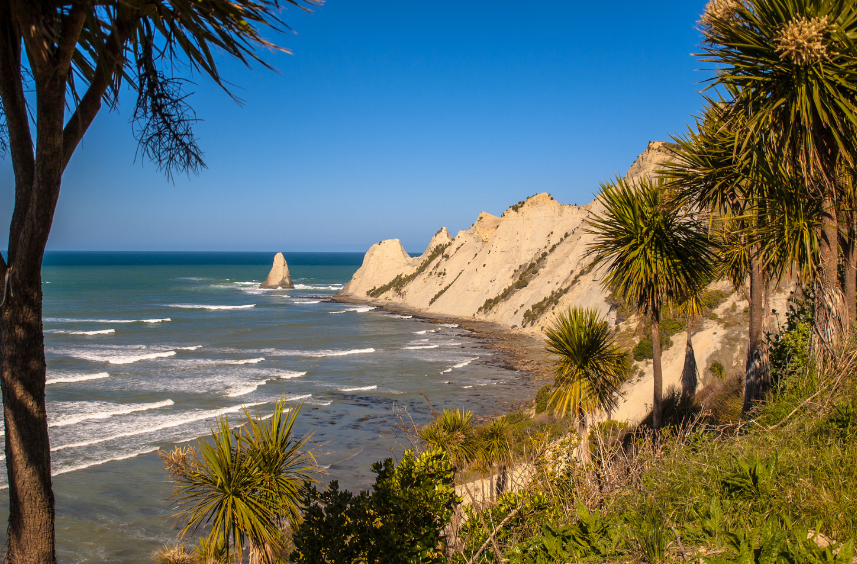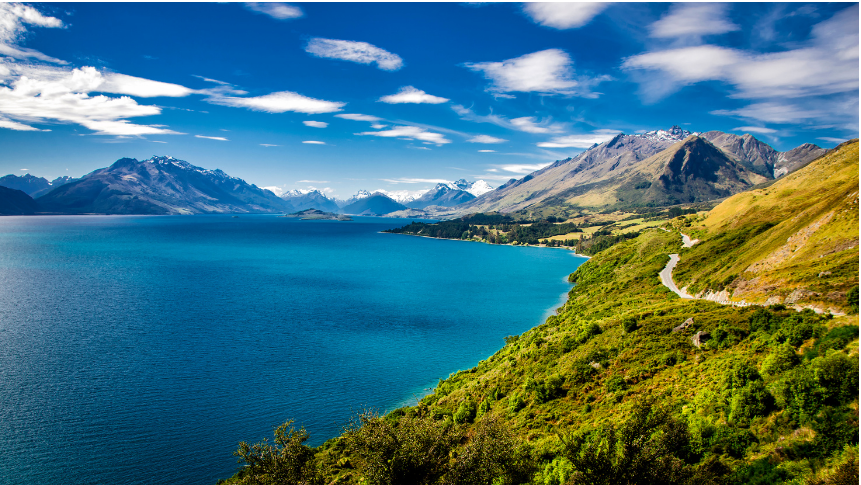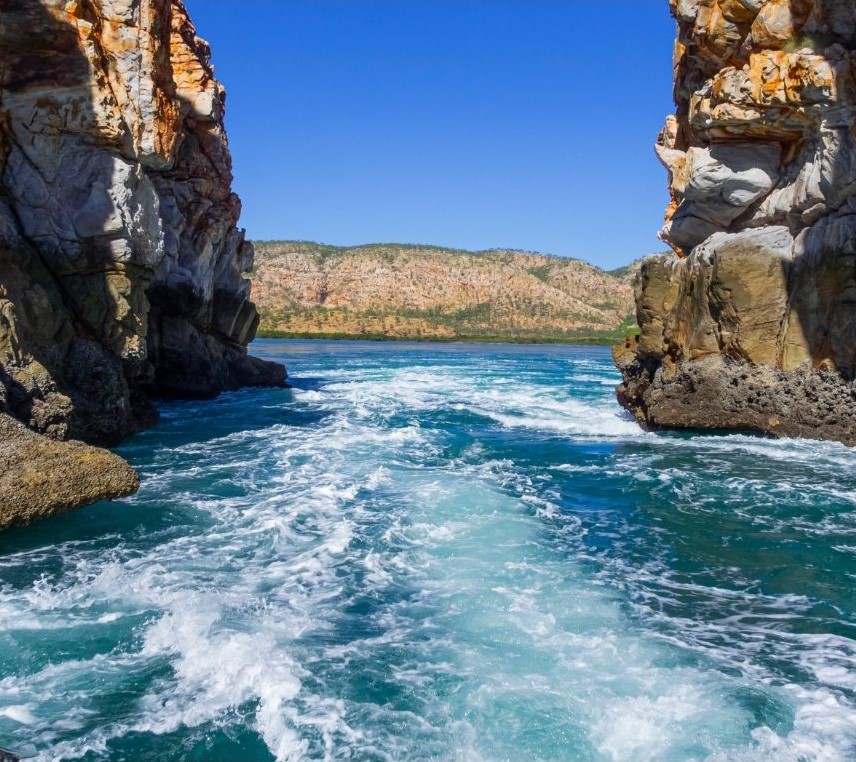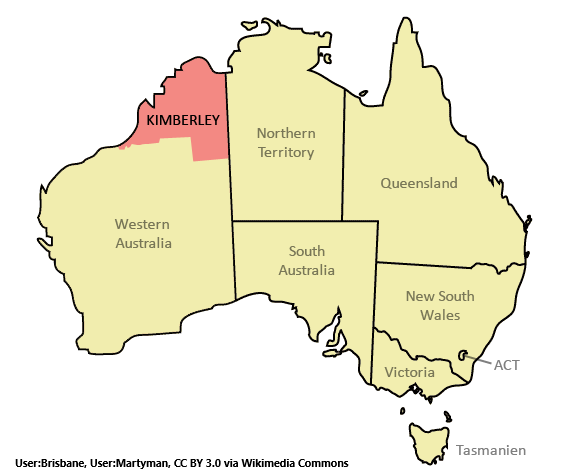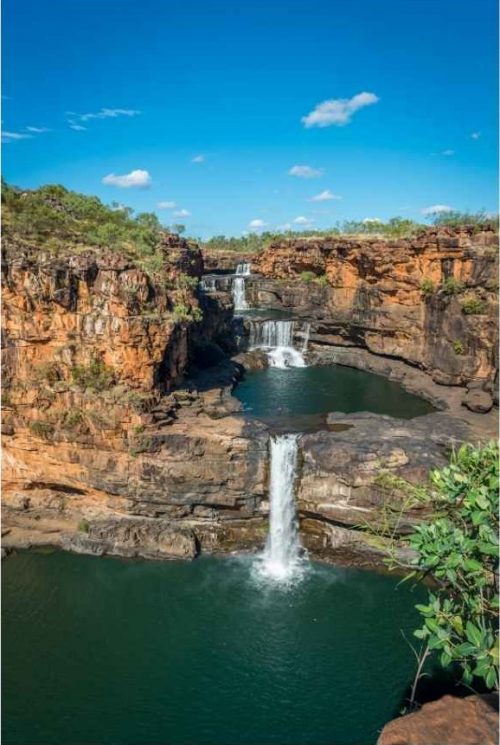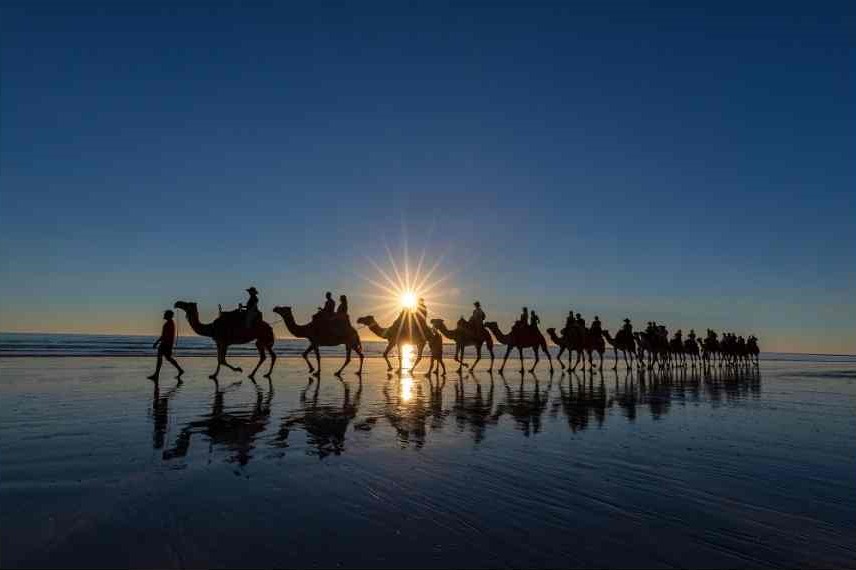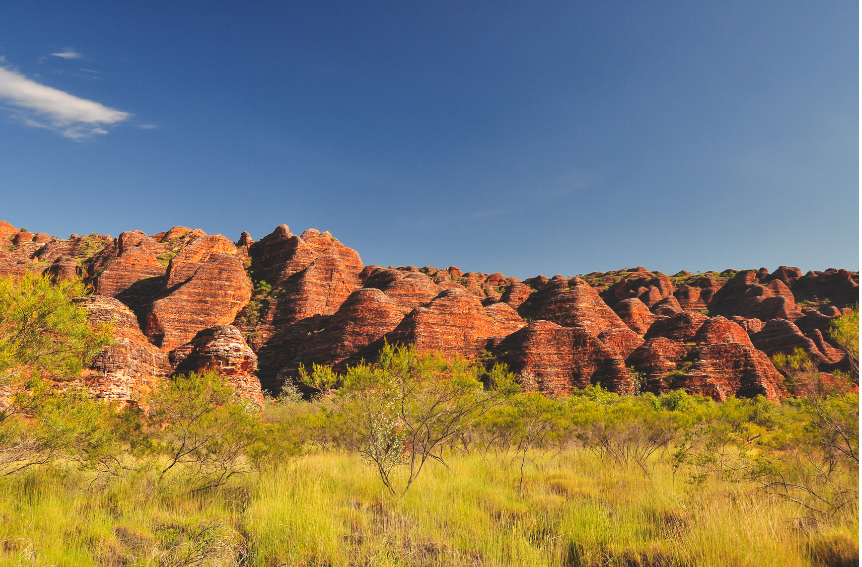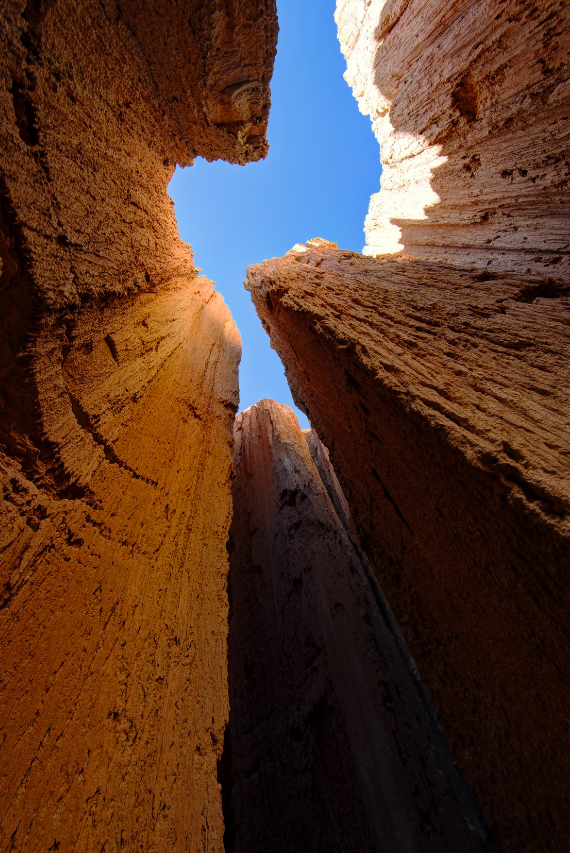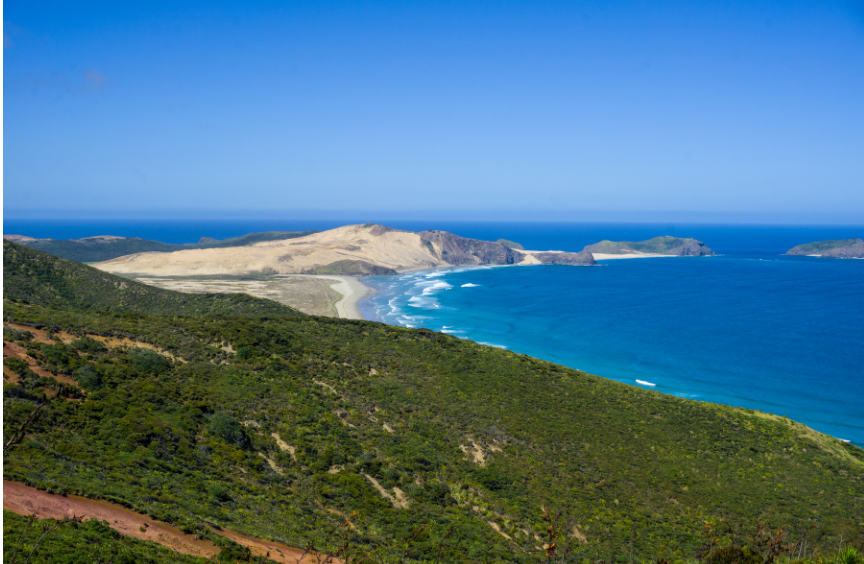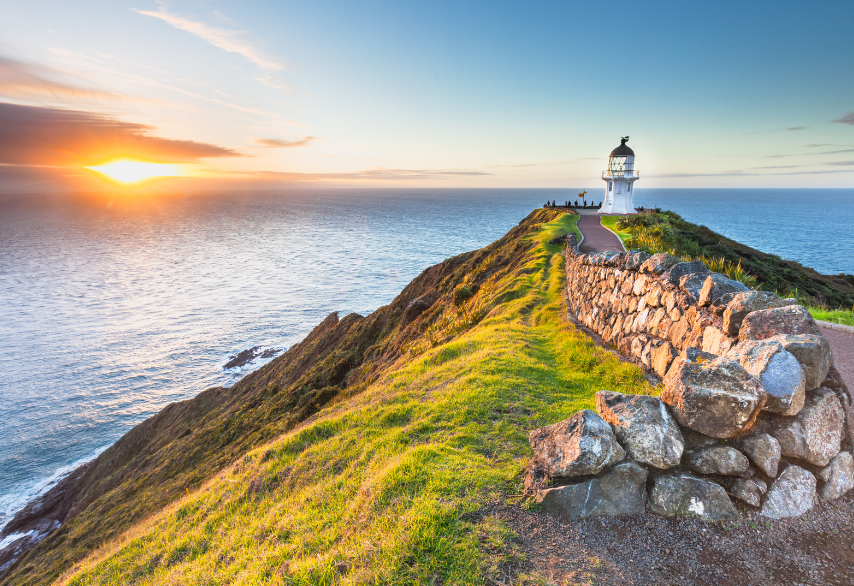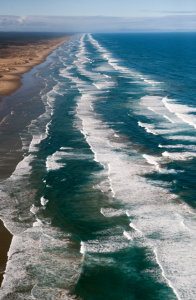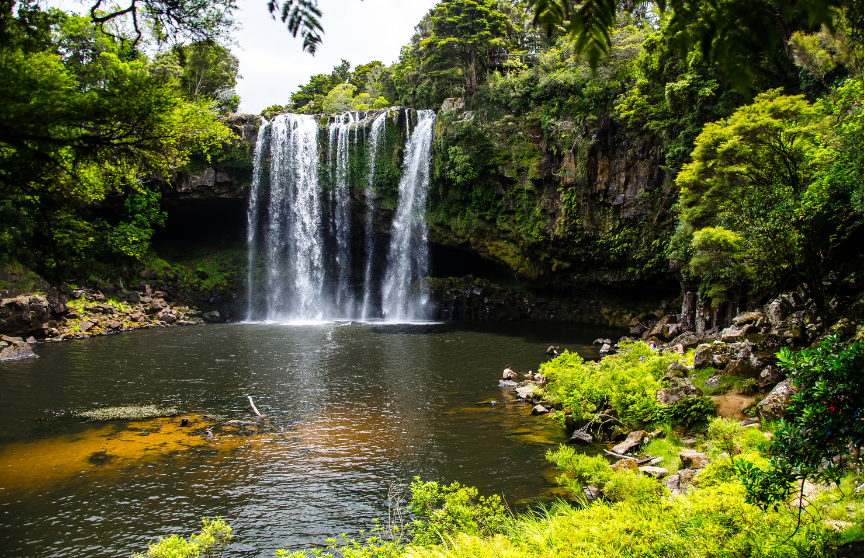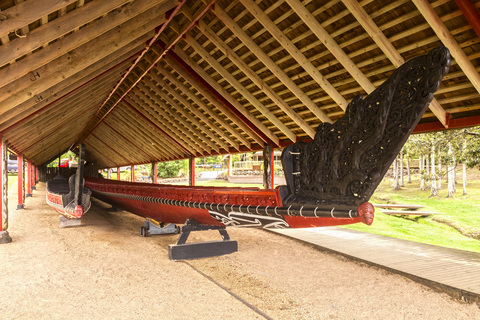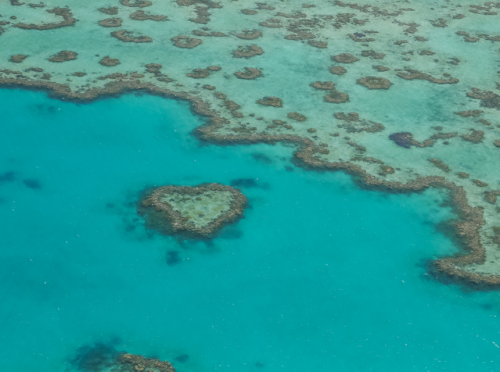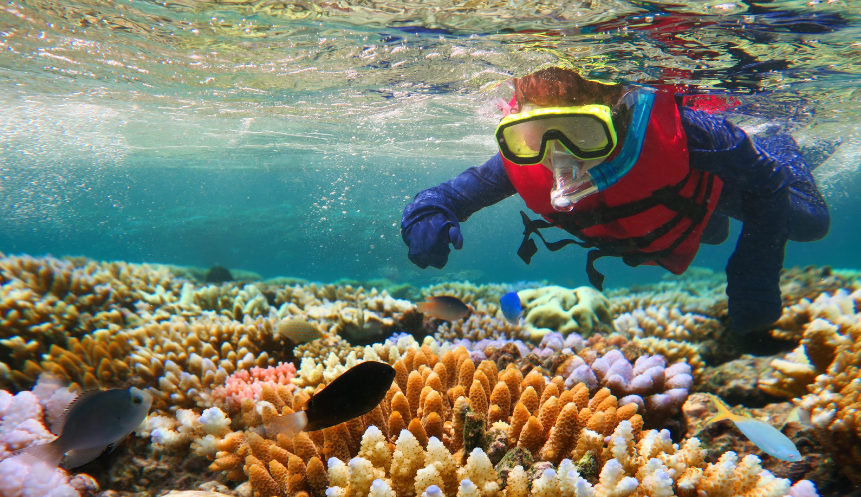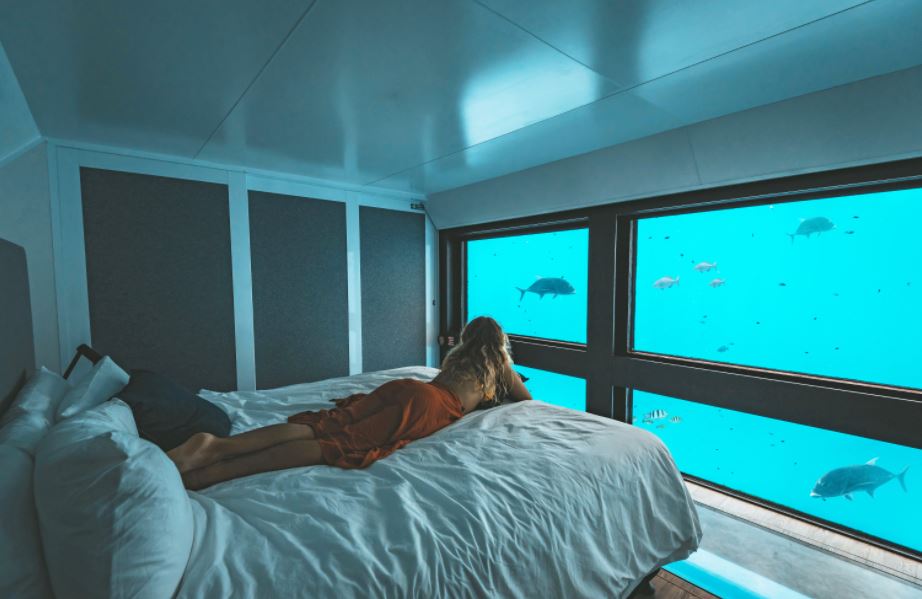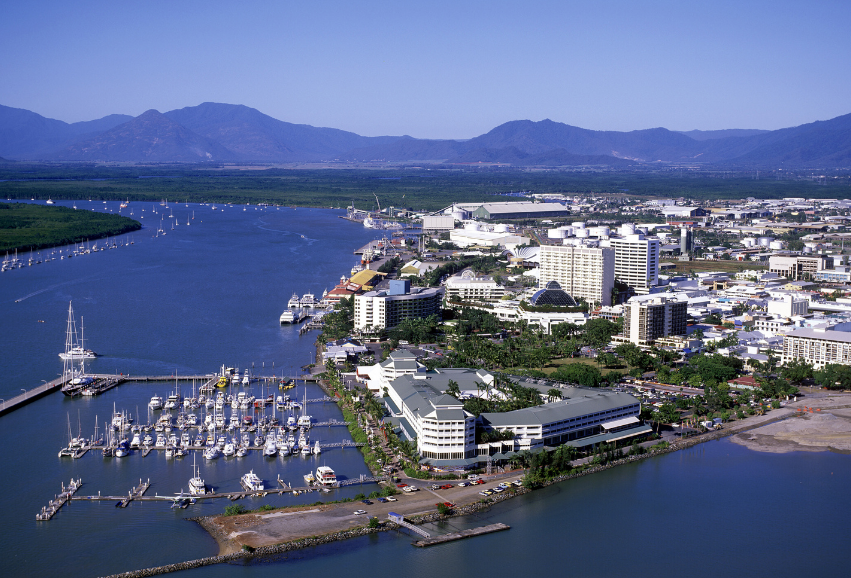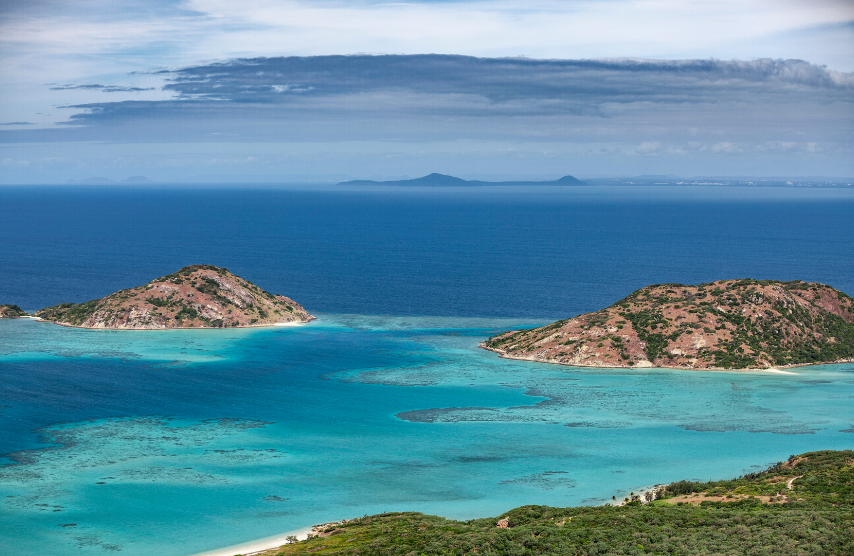Known for its diverse landscape, New Zealand’s spectacular scenery makes it the perfect place for exploration of all types of surroundings, from mountains to rivers and even glaciers and natural hot pools by all types of travelers. Spend a day in Tongariro National Park to experience all of these! Established in 1887, Tongariro National Park was the fourth national park
to be created globally and the first in New Zealand! UNESCO also recognizes the park with dual World Heritage status for both its cultural and natural features.
What makes this national park so unique is its unparalleled scenery. Made up of three volcanoes that dominate the region, Mt Ruapehu, Mt Tongariro, and Mt Ngauruhoe, as well as beech forest, waterfalls, and rivers. Stepping foot into this park, you’re rewarded with some of New Zealand’s most dramatic landscapes.
A New Zealand Best – the Alpine Crossing!
Located in the center of the North Island, Tongariro National Park is home to one of the best hikes in New Zealand, the Tongariro Alpine Crossing. This hike is around 20km and takes between 7-8 hours to complete depending on how fast you choose to walk. This spectacular hike (that isn’t a loop, so arrange organized transport) takes you over the volcano through different terrains, such as springs, lava flows, volcanic rocks, and the famous emerald lakes.
The best time of year to tackle this famous hike is during spring or autumn when the temperatures aren’t too cold or hot. You’ll need to have a relatively high level of fitness to complete this hike and proper hiking boots.
Although this is the most famous activity in Tongariro National Park, it should not discourage anyone from visiting, as there is still a range of activities on offer.
Magnificent scenery awaits in the desert!
When you picture New Zealand, the desert isn’t the first thing that comes to mind. However, if you plan to drive from Auckland to Tongariro National Park, that’s what you’ll get.
After you leave sub-tropical Auckland, pass the geothermal areas around Rotorua and crystalline Lake Taupo. All you’ll see is a deserted sandy road with nothing in sight until you reach the three volcanoes that make up the Pacific Ocean’s ‘Ring of Fire,’ Mt Tongariro, Mt Ruapehu, and Mt Ngauruhoe.
Love Lord of the Rings? See Mt Doom up close!
If you’re a fan of the Lord of the Rings series, visiting Mt Ngauruhoe or “Mt Doom” must be on your Tongariro National Park activities list. Standing between Mt Tongariro and Mt Ruapehu, this 2,29m (7,516 ft) mountain is the second tallest in the park and was a big part of the film franchise, drawing in thousands of tourists
every year. However, if you’re not a big Lord of the Rings fan, it’s still an impressive sight to see!
Stunning landscapes and beautiful waterfalls!
As well as spectacular mountain ranges, New Zealand is also home to some pretty impressive waterfalls. Located in Tongariro National Park, Taranaki Falls is one of the most beautiful waterfalls in the country, and you have to see it to believe it.
The falls are found halfway through the 6km loop and tumble 20-meters into a boulder-ringed pool. There are two viewing points, one from the top and one from the base of the falls. While you’re there, you’ll have stunning views of all three mountains that make up Tongariro National Park.
The walk to the falls is one of the easiest and most impressive in the national park as it takes you through beech forest, shrubland, past the Wairere Stream, Cascade Falls, and manuka forest.
Tea overlooking snow-covered mountains!
If you are more of a slow traveler who enjoys the little things, such as high tea
with a sensational view, then be sure to check out the Chateau Tongariro. From their High Tea menu, you can choose from a range of sandwiches, scones, and treats, as well as your choice of coffee or fresh tea, served to you at a table overlooking the impressive Mt Ngauruhoe. Located within Whakapapa Village, indulging in this high tea needs to be on your list, especially in winter when snow covers Mt Ngauruhoe!
Bike along the Old Coach Road!
Not only are there amazing hikes throughout Tongariro National Park, but there is also a range of biking trails that you can explore. One of the best ones to add to your itinerary is Old Coach Road. Located at the southern end of Tongariro National Park near Ohakune, this 15km one-way (2hr 20 mins) trail takes you through a mix of terrains, such as forest, railway relics, and rural countryside. Or, if you don’t have a bike, you can also walk this trail, which takes around 41/2 hrs.
Whatever way you choose to tackle this trail, you will be blown away by the sheer beauty of the landscapes you’ll see along the way. Without a doubt, the Tongariro Alpine Crossing hike is the park’s most notable visitor draw. But non-hikers have plenty to see and experience without hiking boots and walking stick. From bike trails to high tea at Chateau Tongariro, no matter that type of activity you’re into, there is something for everyone to enjoy in this little corner of New Zealand.
So, whether you prefer hiking boots or sneaks, a terrific day awaits you at Tongariro. All you have to do is give me a call!

